The table saw screams as the blade tears through the heart of a two-inch thick piece of Tasmanian oak. I’m resawing this heavy plank into two thinner ones. I finish the cut and hit the big red off button. The blade spins ever more slowly, until it finally comes to a complete stop.
The blade really heats up when you do a long deep cut through native hardwood. It’s left a veil of smoke hanging in the air. It smells beautiful, a cross between tea leaves and incense.
Next, I’ll use the thicknesser to dress each plank, removing the scorch marks and other imperfections left by the table saw blade. My seven-year-old son asks, quite correctly, “Dad, why do they call it a thicknesser when it makes the wood thinner?”
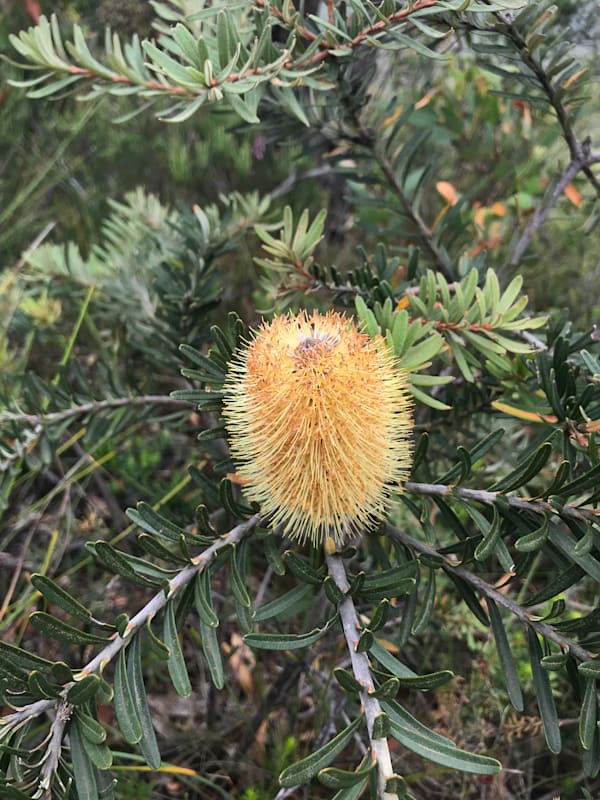
. . .
When my mid-life crisis hit, I didn’t buy a sports car. Or a new set of golf clubs or a boat. I didn’t buy an expensive bicycle, wrap myself in form-hugging lycra, and join the MAMILs on their early-morning rides. Instead, I went to night school to learn woodworking, and then built a shed and bought a table saw. And a thicknesser. And a jointer, a router, a drill press, a biscuit joiner, an orbital sander, chisels, hand saws, smoothing plane, block plane … Yes, like most mid-life crisis hobbies, it became something of an obsession.
Something I don’t have, but really do need, is a bandsaw. It’s such a waste to resaw lumber on the table saw, with its three-millimetre kerf, when a bandsaw has a kerf of less than one millimetre. Kerf is fancy woodworking talk for the thickness of the blade. Resawing and dressing your own lumber saves a lot of money, but it also generates a lot of sawdust. The thicker the blade, the more wood that gets pulverized making every cut. The fact that I’m turning three-times as much precious native timber into sawdust than I need to gnaws at my conscience.
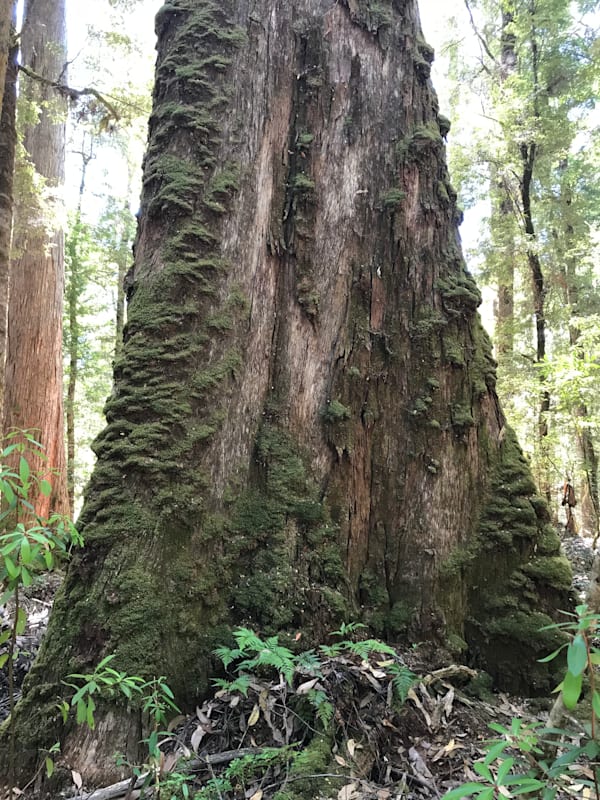
. . .
Despite its name, Tasmanian oak is not an oak. It’s a eucalypt, and sometimes it’s not even from Tasmania. Tasmanian oak is a generic name for the hardwood from three species: Eucalyptus regnans, Eucalyptus obliqua and Eucalyptus delegatensis. In Tasmania, Eucalyptus regnans is known as swamp gum, but Victorians will be more familiar with it as mountain ash. Eucalyptus obliqua is better known as stringybark, brown top or messmate. Eucalyptus delegatensis is a tree with a real identity crisis. It’s variously known as gum-top stringybark, blue leaf, mountain white gum, alpine gum, alpine ash or, my son’s favourite, wollybutt.
Of course, these eucalypts don’t look anything like northern hemisphere oak trees, but the grain structure of their timber does resemble it. As far as Australian hardwoods go, Tasmanian oak is a good all-rounder. It’s hard, but not too hard; and heavy, but not too heavy – compared to really dense native timbers, like spotted gum or ironbark. A simple clear oil finish brings out its best, highlighting natural colour variations from pale yellow through browns to salmon pink. It’s beautiful, versatile and relatively cheap. The timber floor in my house is Tasmanian oak. I’ve made all the kitchen cabinet doors and draw fronts out of it. I love it. It’s my go to timber.
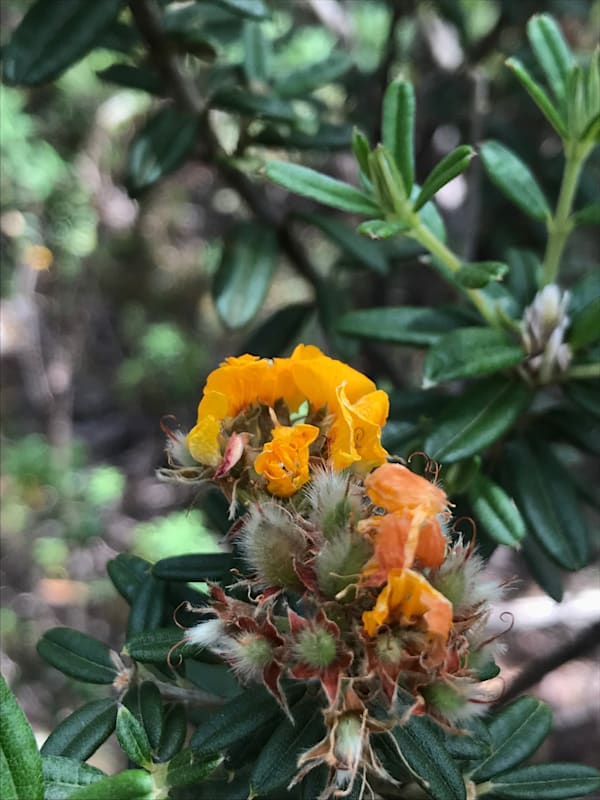
. . .
Another of my loves is getting off the beaten track in north-west Tasmania. If there is a way of getting to my destination using dirt roads, I’ll go that way. It doesn’t bother me if it takes longer. Slowing down and driving through the bush relaxes me. I love putting all the windows down and letting in the cool fresh air and the sounds of the forest. The grey shrike thrush may not be much to look at, but my heart swells when I hear its call.
If a wallaby comes shooting out of the scrub in front of the vehicle, I’ll slow right down. There’s probably another one close behind. If I see a snake on the road, I’ll give it time to get out of the way. I’ve probably interrupted it while it was sunning itself in the only place for miles where the warmth of the sun breaks through the forest canopy. If you are in too much of a hurry to stop and let an echidna waddle across the road, you don’t go this way.

I love to hear the crunch of gravel under the tyres and feel every twist and turn as you head down towards a creek. The further you descend, the deeper the shade becomes and the denser the ferns are by the side of the road. When you finally reach the skinny little bridge at the bottom, the earthy damp smell and the rushing sound of the creek fill your senses. Then everything changes as you begin to climb out of the gulley towards the next ridge. At first, there is just a hint of dappled light. Then the flickering stripes start. The myrtle beech, dogwood and sassafras give way once more to the big eucalypts.
All of a sudden, you burst into a dazzlingly bright open space. Fifty acres of treeless moonscape, studded by mounds of torn up earth and trash piles of roots, branches and bark. Then you remember why this road is here in the first place. It’s a logging road and this is a production forest. Clearfell forestry is confronting the first time you encounter it.
Actually, I find it confronting every time I encounter it. But I’m conflicted. This is where my Tasmanian oak comes from.
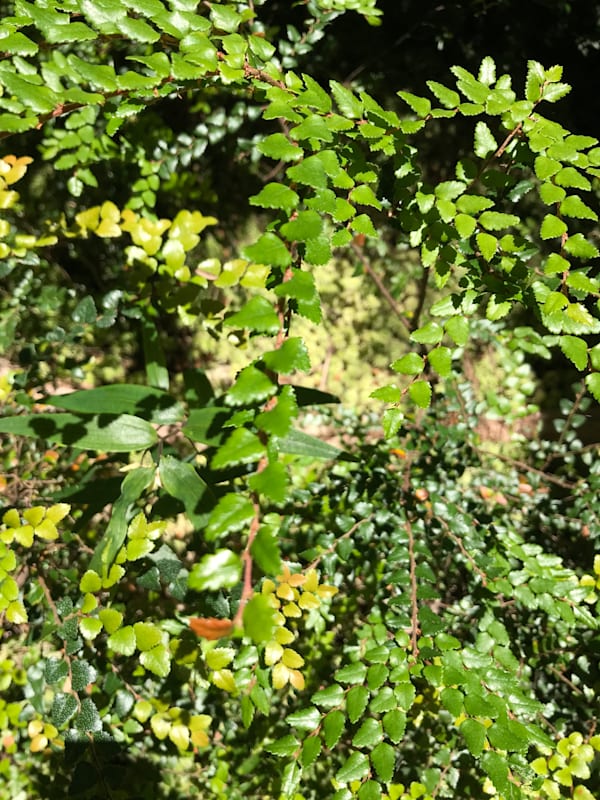
. . .
I have a complex relationship with forestry. On the one hand, I’m a woodworker and I love using Australian native timbers. On the other hand, I’m actively involved in threatened species conservation. So, every piece of Tasmanian oak I use leaves me feeling conflicted. We’ve got to find a balance between forestry and conservation. Yes, we need timber, but we also need wilderness. For some people, forestry puts food on the table and pays the bills. But, despite the rhetoric, it looks to me like we are killing the goose that lays the golden egg.
I’m pretty sure everyone agrees old-growth forests should be left alone and that it’s better to source our timber from plantations. The problem is, how do we define old-growth? We all know eucalypt plantations when we see them – line upon line of the same trees, all the same size, as far as the eye can see. They seem sterile compared to an ancient old-growth forest, with its complex ecosystems and vast array of species from tiny orchids to towering giants. But to the untrained eye, 50 years of mixed species regrowth after logging looks a lot like old-growth. Native animals tend to see it like that too.

Clearfell is a relatively new approach to forestry. We used to just selectively take the mature trees for saw logs. Now everything goes, the trash gets burned and we start again from scratch. There is an argument that this simulates bushfire and ‘natural’ catastrophic events, like storms and floods, which thin out the forest, let in sunlight and promote seed germination. I’m yet to be convinced. I’ve never seen a flood completely denude fifty acres of ridge top. When it comes down to it, we all know the truth. Mechanized clearfell is cheaper.
Maybe, I’m part of the problem? If I really love native timber, I should be willing to pay more for it. This is fine for me; I can afford it with my well-paid, cushy office job in the city. But I can’t speak for anyone else. As a society, we have to collectively decide, what sort of future we want for our children and grandchildren. I feel we are all complicit in a perverse reverse mortgage of the future. We are converting the precious asset of our native forests into ready cash by selling off our children’s inheritance of clean water, clean air and wild places.
I don’t claim to have the answers. I’m not sure how to achieve balance between society’s demand for natural building materials with protection of natural habitat. But I do know that this balance will only come when there is reasoned discussion, measured debate and compromise from both sides of the argument. Some days, I’m hopeful. Other days, I’m pessimistic. Maybe I need to take a few politicians, loggers and greenies camping with me? We could walk and fish together. We could listen to the birds and spot the tracks and scats of wildlife. Marvel at insects, fungi and delicate wildflowers. At the end of the day, we can all sit around the campfire and chat over a few cold beers, listen to each other and see if we can find that balance.
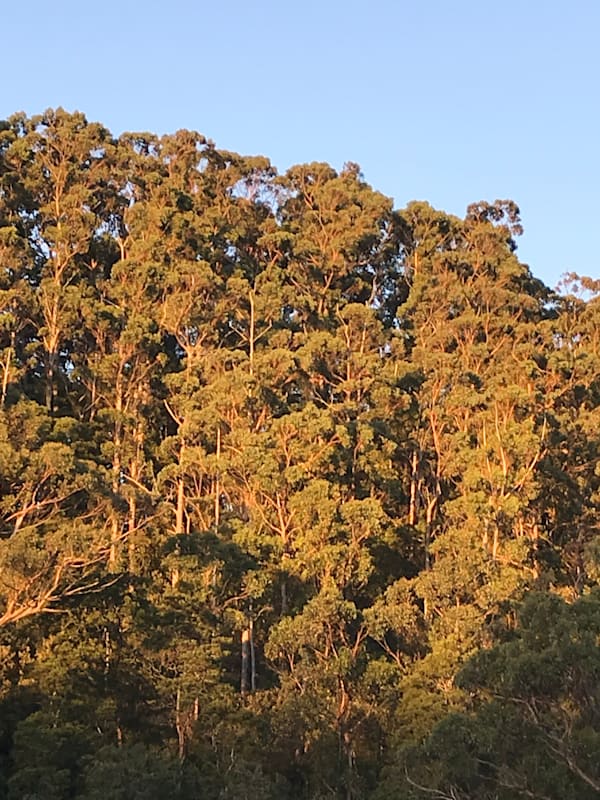
Dr Terry Mulhern is a biochemist, university educator and researcher. If he isn’t in his office or somewhere taking a class, look for him in the basement of the University of Melbourne’s Baillieu Library under 994.6 History, Tasmania. He was the 2018 winner of the David White Award for Teaching Excellence, the University of Melbourne’s highest honour for teaching in Health, Science, Agriculture and Veterinary Science. Terry Mulhern was born in north Queensland and has worked at universities in the UK and around Australia, but his heart is in north-west Tasmania.










